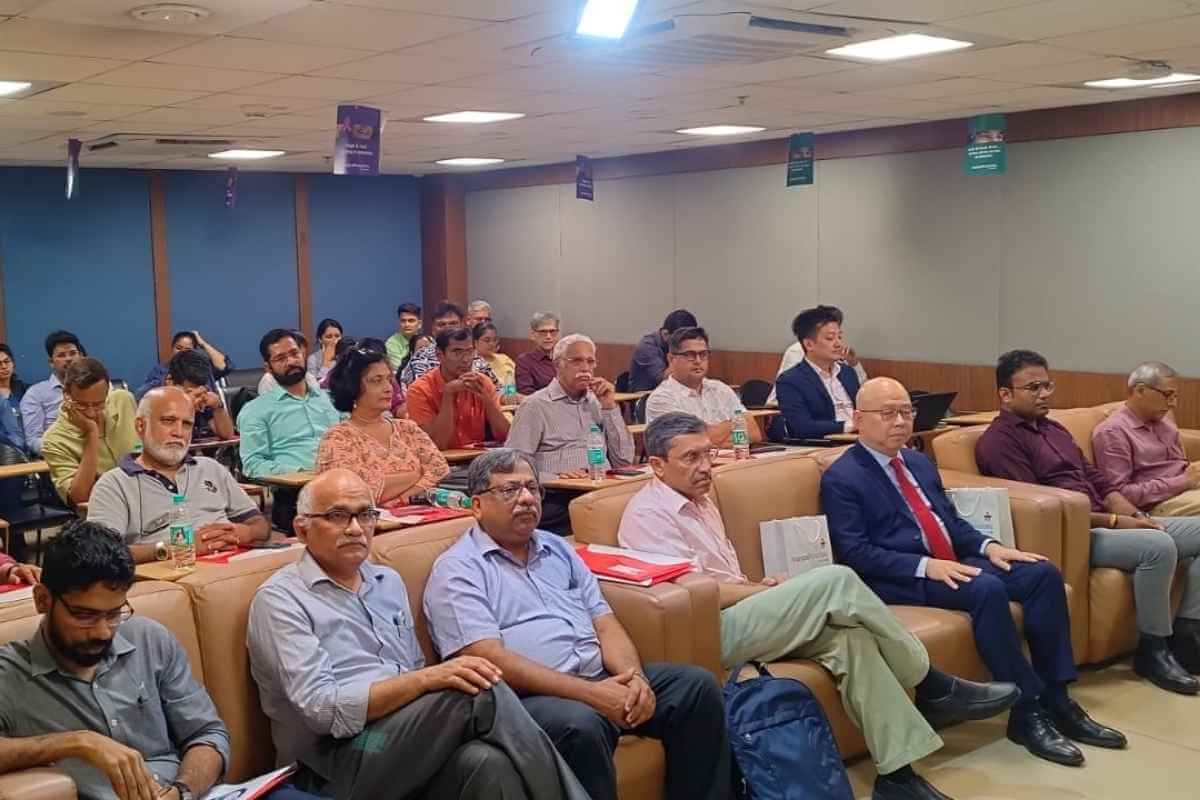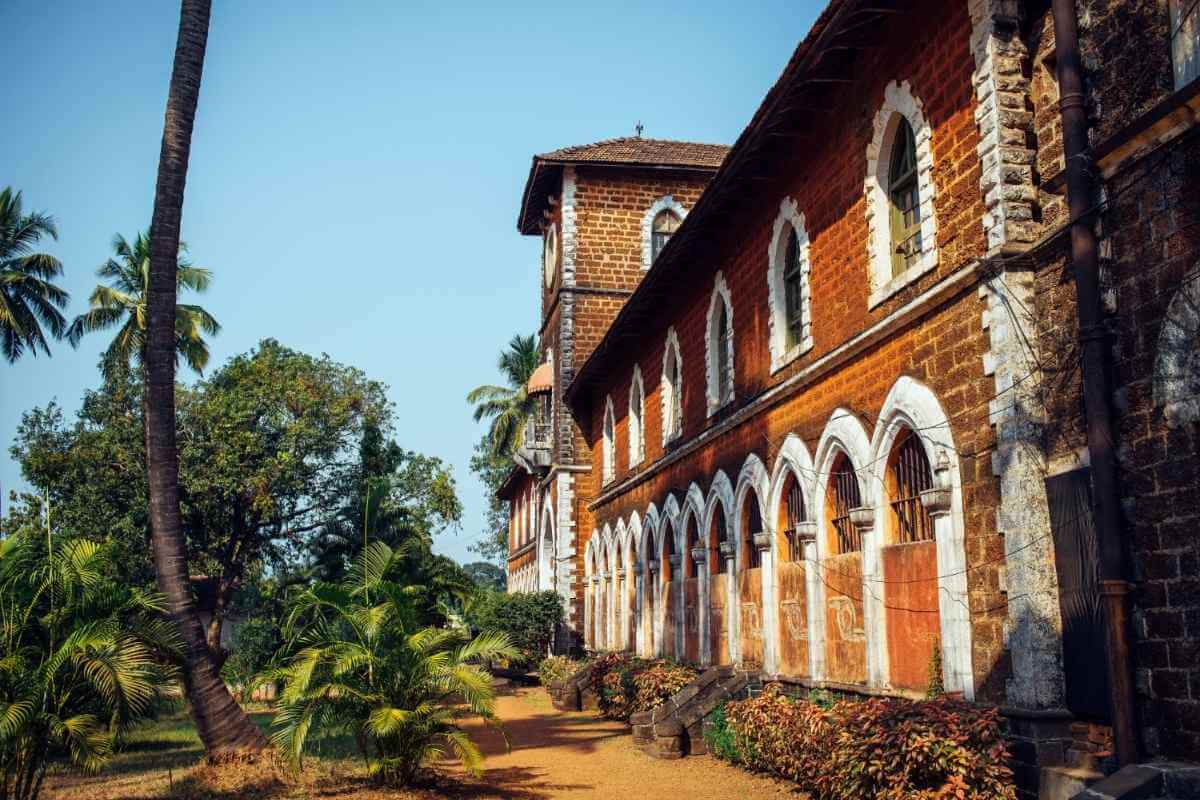The dramatic rescue of a man of the Cabo de Rama fort area yesterday once again highlighted the issue of drownings in Goa, despite several safety measures being put in place. In the last two years alone 97 deaths due to drowning have been reported and over 300 people rescued. The onus is largely placed on the people, especially tourists, who defiantly venture into the sea, despite warnings from lifeguards, especially during rough weather. Taking selfies at vulnerable spots and drunk- swimming is other factors.
While the blue waters of the seas look inviting, what may are not aware that these waters can be death traps, especially if one is caught in a torrid current.
According to the Times of India, the dramatic rescue of an Indian army officer by the Coast Guard yesterday is a point in case. On a holiday in Goa, he was scaling the Cabo de Rama cliffs when he slipped and fell into the choppy seas. Drishti Lifeguards immediately alerted the Indian Coast Guard, who deployed a helicopter to save the drowning man. The Coast Guard informed this source that “restricted visibility and an overcast sky, made rescue operations difficult.”

Goa, a beach tourist destination, has invariably seen a large number of deaths, especially of tourists due to drowning. According to the Times of India, as many as 97 deaths due to drowning were reported in the last two years in Goa, with a major number of these fatalities reported in popular beaches, particularly in the north, like Baga, Calangute, Arambol, Sinquerim, and Morjim. While most of these are non-Goans, Maharashtrians account for the highest number of deaths with two or three foreigners. Most of the victims are in the age group of 20-20 years. Many victims died after venturing into the water despite rough weather.
According to this source, Drishti Lifesaving Pvt Ltd, the agency contracted by the government to provide lifeguard services had rescued over 3000 people since 2008 and in the last two years around 338.
According to the sources, Drishti explained that most incidents along the beach are attributed to people who defiantly flout rules despite several verbal warnings and signboards to that effect erected on beaches, as to the dos and don’ts.
Lifeguards have pointed out that in some cases tourists drown as a direct result of getting into the water after consuming alcohol or swimming in ‘no swimming zones’, or venturing into the sea in rough weather despite warnings from lifeguards. Lifeguards face difficulties in keeping control of tourists during extended weekend holidays or those weekends that see a surge of visitors.
“Most visitors flock to the beach in droves, especially during the monsoons. They refuse to listen to us.”
Due to Cyclone Vayu that brushed past the State recently the Coast Guard and Indian Navy had been put on standby in the State to assist in search and rescue operations.
According to the Herald, in what seems like another blatant flouting of the government’s warning to keep away from the seas due to cyclonic storms, cruise boat operators anchored at the St Monica jetty, Panjim and water sports operators in the Tiracol area were seen continuing their operations.
According to the Times of India, in 2018 fresh directives were issued by the Tourism Department, after five visitors to Calangute drowned, to increase vigilance along beaches. To this effect, Drishti Lifesaving Pvt Ltd has identified and installed sign boards on beaches specifying dos and don’ts, swimming zones, etc. The entry of vehicles, other than those of the patrolling beach bodies, on beaches has been stopped and high mast lamps on some beaches have been installed.

The government has assigned Drishti with the task of lifeguarding and ensuring water safety services on 41 beaches along Goa’s coastlines and two inland water bodies namely Dudhsagar waterfall and Mayem lake.
Drishti Lifesaving Pvt. Ltd., has employed over 600 trained lifeguards and 111 personnel for night patrolling. The government on their part had also created a tourist police unit head by an SPI (Tourist) to check illegal activities on the beach and assist tourists and had posted 51 tourist wardens and three supervisors to prevent incidents of drowning, operation of vendors, and consumption of liquor on the beaches of North Goa and South Goa.
In another move, according to the Economic Times, the government has also banned drinking on the beaches according to an amendment to the Registration of Tourist Trade act and any breach would attract a fine of Rs 2,000 or imprisonment for up to three months.
Responsibility it seems is a two-way street, especially in this case. Even though the government has set many measures in place and reduced the number of drowning incidents in the State, tourists, particularly domestic ones, are putting their lives at risk.
Perhaps the government needs to take a more hard line in enforcing the rules.

























